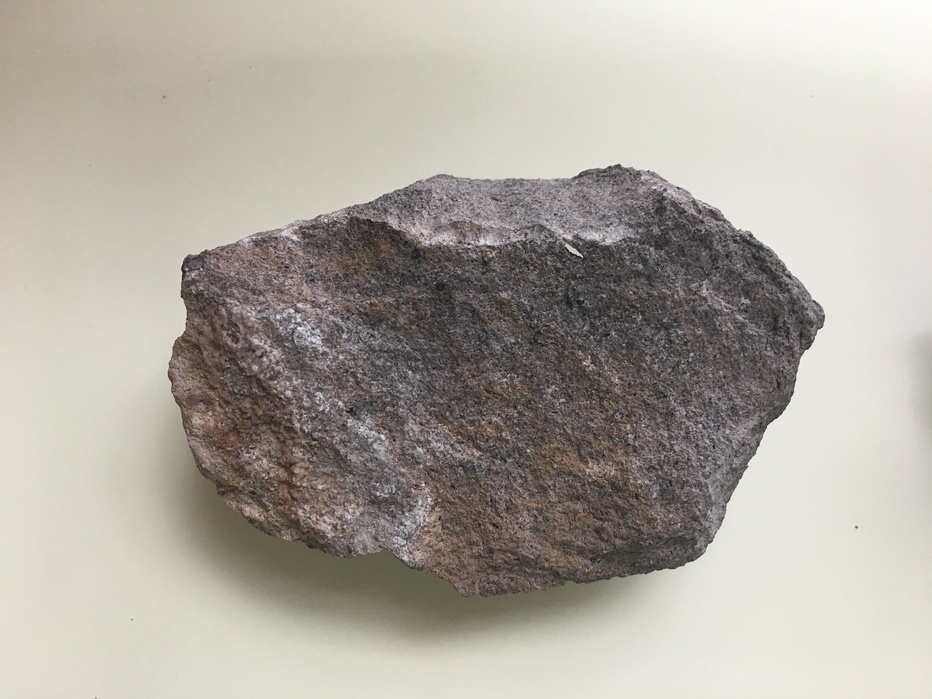Aconcagua mountain, Las Cuevas District, Las Heras Department, Mendoza Province, Argentinai
| Regional Level Types | |
|---|---|
| Aconcagua mountain | Mountain |
| Las Cuevas District | District |
| Las Heras Department | Department |
| Mendoza Province | Province |
| Argentina | Country |
This page is currently not sponsored. Click here to sponsor this page.
Latitude & Longitude (WGS84):
32° 39' 11'' South , 70° 0' 42'' West
Latitude & Longitude (decimal):
Locality type:
Köppen climate type:
Aconcagua is a mountain in the Principal Cordillera of the Andes mountain range, in Mendoza Province, Argentina. It is the highest mountain in the Americas, the highest outside Asia, and the highest in both the Southern and the Western Hemispheres with a summit elevation of 6,961 metres (22,838 ft). It lies 112 kilometres (70 miles) northwest of the provincial capital, the city of Mendoza, about five kilometres (three miles) from San Juan Province, and 15 km (9 mi) from Argentina's border with neighbouring Chile. The mountain is one of the so-called Seven Summits of the seven continents.
Aconcagua is bounded by the Valle de las Vacas to the north and east and the Valle de los Horcones Inferior to the west and south. The mountain and its surroundings are part of the Aconcagua Provincial Park. The mountain has a number of glaciers. The largest glacier is the Ventisquero Horcones Inferior at about 10 km (6 mi) long, which descends from the south face to about 3,600 m (11,800 ft) in altitude near the Confluencia camp. Two other large glacier systems are the Ventisquero de las Vacas Sur and Glaciar Este/Ventisquero Relinchos system at about 5 km (3 mi) long. The most well known is the north-eastern or Polish Glacier, as it is a common route of ascent.
The mountain was created by the subduction of the Nazca Plate beneath the South American Plate. Aconcagua used to be an active stratovolcano (from the Late Cretaceous or Early Paleocene through the Miocene) and consisted of several volcanic complexes on the edge of a basin with a shallow sea. However, sometime in the Miocene, about 8 to 10 million years ago, the subduction angle started to decrease, resulting in a stop of the melting and more horizontal stresses between the oceanic plate and the continent, causing the thrust faults that lifted Aconcagua up off its volcanic root. The rocks found on Aconcagua's flanks are all volcanic and consist of lavas, breccias and pyroclastics. The shallow marine basin had already formed earlier (Triassic), even before Aconcagua arose as a volcano. However, volcanism has been present in this region for as long as this basin was around and volcanic deposits interfinger with marine deposits throughout the sequence. The colourful greenish, blueish and grey deposits that can be seen in the Horcones Valley and south of Puente Del Inca, are carbonates, limestones, turbidites and evaporites that filled this basin. The red-coloured rocks are intrusions, cinder deposits and conglomerates of volcanic origin.
Rock Types Recorded
Note: data is currently VERY limited. Please bear with us while we work towards adding this information!
Select Rock List Type
Alphabetical List Tree DiagramList of minerals for each chemical element
Other Databases
| Wikipedia: | https://en.wikipedia.org/wiki/Aconcagua |
|---|---|
| Wikidata ID: | Q39739 |
Other Regions, Features and Areas containing this locality
This page contains all mineral locality references listed on mindat.org. This does not claim to be a complete list. If you know of more minerals from this site, please register so you can add to our database. This locality information is for reference purposes only. You should never attempt to
visit any sites listed in mindat.org without first ensuring that you have the permission of the land and/or mineral rights holders
for access and that you are aware of all safety precautions necessary.





Aconcagua mountain, Las Cuevas District, Las Heras Department, Mendoza Province, Argentina